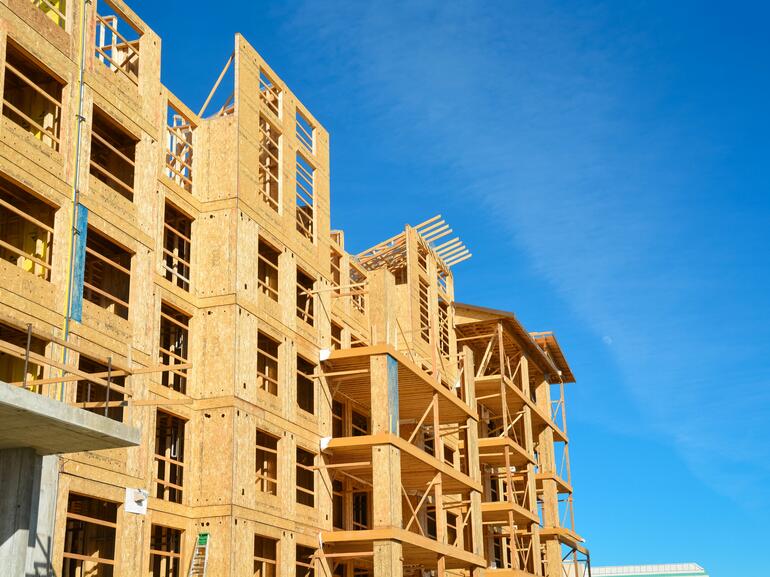Accelerate Access to Capital: Unlocking Opportunity with HUD’s Pre-Stabilized Execution for Multifamily Development

HUD's recent expansion of its platform with the new pre-stabilized execution under the 223(f) refinance program marks a game-changing development for multifamily developers and investors. Designed to provide greater flexibility for newly constructed projects, this initiative is poised to drive growth by streamlining access to capital during crucial early stages of lease-up and stabilization. Developers and investors tackling multifamily projects can significantly benefit from this forward-thinking policy shift.
Key Features and Flexibility of the Pre-Stabilized Execution
Traditionally, developers needed to wait until stabilization before accessing HUD’s 223(f) refinance program. However, with this enhancement, formal firm applications can now be submitted when a multifamily property achieves as low as 50% physical occupancy. This substantial reduction in the benchmark for application submission allows developers to begin their refinancing strategy earlier, introducing much-needed flexibility into the timeline for financial planning.
The execution provides further opportunities by allowing loans to close with occupancy as low as 65% physically occupied or 75% leased. This lowered threshold is a lifeline for projects positioned in competitive or emerging markets where stabilization timelines may take longer to achieve. By eliminating the pressure to reach near-full stabilization, developers can leverage HUD financing more efficiently, reallocating focus toward other high-impact initiatives like tenant acquisition or enhancing property amenities.
Another critical feature of the pre-stabilized execution is the T1 requirement, set at a minimum of 1.05x DSCR (Debt-Service Coverage Ratio), in order to close the loan. This measure ensures the project's initial rental income is sufficient to support debt obligations, balancing the program’s flexibility with prudent risk management. For developers and investors, this condition leads to added confidence in the financial performance of the project while still allowing for refinancing well ahead of full stabilization.
HUD evaluates each project’s terms on a case-by-case basis during a concept meeting, considering factors like the market’s strength and the borrower’s financial profile. These elements play a pivotal role in determining the level of flexibility HUD can extend.
Benefits to Borrowers
HUD’s policy update plays an essential role in accelerating access to capital. Refinance proceeds accessed earlier in the project lifecycle can be reinvested into ongoing or future developments, creating a multiplier effect for developers looking to grow their portfolios.
For investors, pre-stabilized refinancing provides assurance and agility in shifting capital toward high-potential projects, particularly in dynamic real estate markets.
Empowering Growth and Innovation in Multifamily Development
HUD’s pre-stabilized execution demonstrates a thoughtful response to the realities of multifamily development. By addressing the challenges of prolonged stabilization periods and high upfront occupancy requirements, this initiative empowers developers and investors to capitalize on developing opportunities more efficiently.
The pre-stabilized option not only mitigates common financing hurdles but also creates a pathway for continued growth in multifamily construction and operations.
For multifamily professionals eyeing portfolio expansion or looking to optimize project cash flow, this program offers a unique advantage in today’s evolving market. By leveraging the flexibility and early access to capital afforded by HUD’s pre-stabilized execution, developers and investors can position themselves to innovate, compete and succeed in an increasingly competitive landscape.

